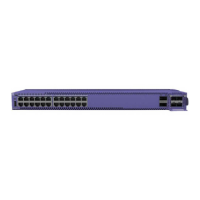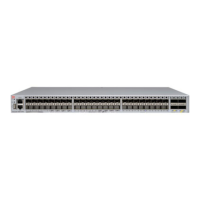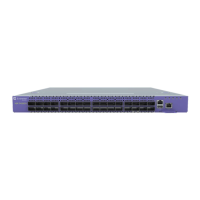Figure 24: Example of a Stack, Showing the Active Topology and the Stack
Topology
A stack is the collection of all switches, or nodes, that are cabled together to form one
virtual switch using the SwitchEngine SummitStack feature.
The maximum cable length supported between switches depends on the types of
switches in your stack, the installed option cards, and the congured stacking ports.
A stack topology is the set of contiguous nodes that are powered up and
communicating with each other. In the example shown, Switch 8 is not part of the
stack topology because it is not powered up.
An active topology is the set of contiguous nodes that are active. An active node is
powered up, is congured for stack operation, and is communicating with the other
active nodes.
Switch 5 in the example has failed, stacking is disabled on Switches 6 and 7, and Switch
8 has no power. As a result, the active topology includes Switches 1 through 4 only.
For more information about SummitStack terminology, see SummitStack Terms on
page 47.
Ring Topology: Recommended for Stacking
SummitStack nodes should be connected to each other in a ring topology. In a ring
topology, one link is used to connect to a node and the other link is used to connect
to another node. The result forms a physical ring connection. This topology is highly
recommended for normal operation.
Figure 25 represents a maximal ring topology of eight active nodes.
Build Stacks SummitStack Topologies
ExtremeSwitching 5320 Series Hardware Installation Guide 45

